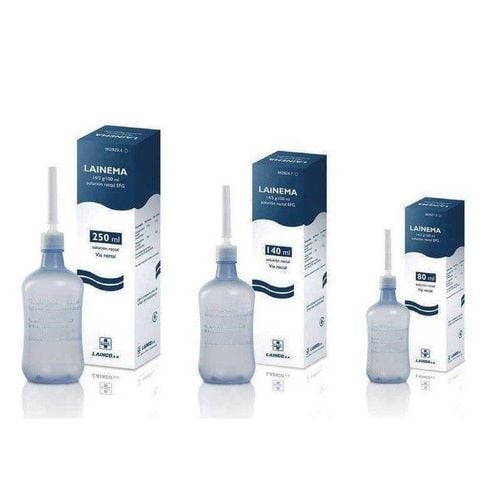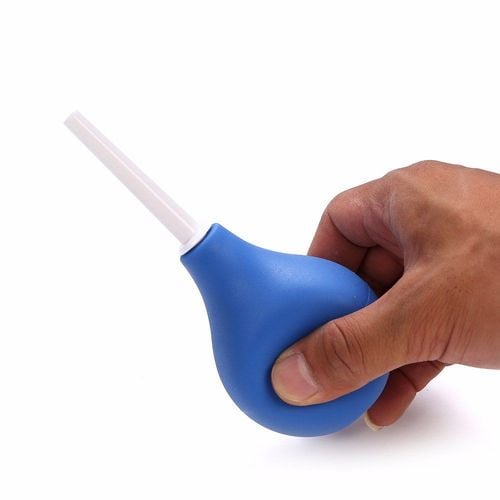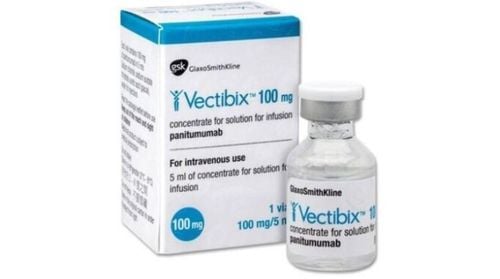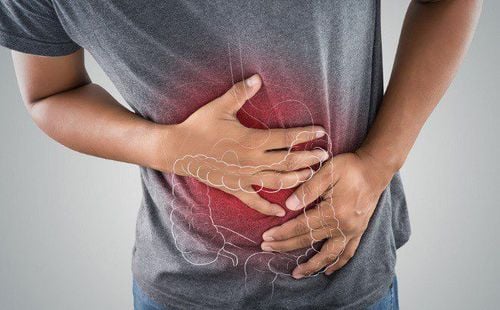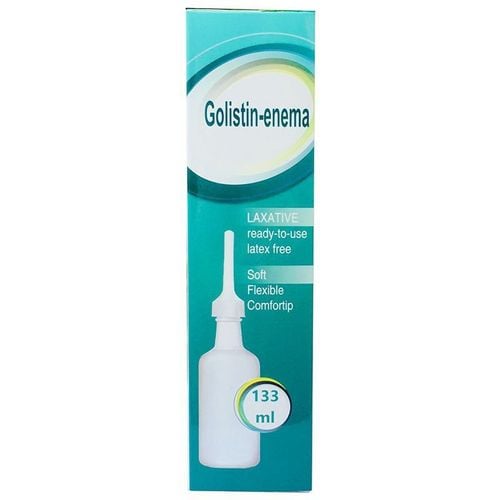This is an automatically translated article.
Posted by Doctor Ta Que Phuong - Department of General Internal Medicine - Vinmec Times City International HospitalColonoscopy is a technique that inserts a flexible endoscope through the anus up to the cecum to view the entire lining of the colon. If necessary, it is possible to conduct a biopsy of the lesion in the colon and some procedures such as polyp removal, removal of foreign bodies, injection of hemostasis.
1. What is a colonoscopy?
Usually, colonoscopy as a screening test to check for polyps or cancer in the colon or rectum. A polyp is a small mass of cells that form on the lining of the colon that can develop into cancer. If polyps are present, they can be removed during colonoscopy. Removing colon polyps reduces the risk of cancer. People may also have a colonoscopy if they have any of the symptoms listed below. Cancer screening tests are tests done to find cancer early, before a person has symptoms. Cancers that are found early are usually small and can be cured or treated easily.
There are many tests to screen for colon cancer. But most experts think colonoscopy is the best test for colon cancer screening.
2. When should colon cancer screening?
Doctors recommend that most people begin colon cancer screening at age 50. Some people have an increased risk of colon cancer, either because of family history or some because of economic conditions. These people can start screening at a younger age.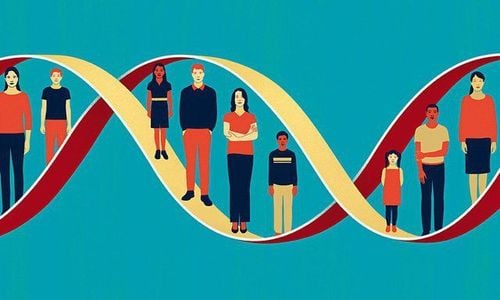
3. What are the factors that may require endoscopy?
Hidden blood in the stool. Rectal bleeding Changes in bowel habits, such as persistent diarrhea Unexplained anemia, iron deficiency anemia Chronic abdominal pain that cannot be explained. Abnormal results from another type of colon test. Personal or family history of colon cancer or polyps in the colon
4. What should be done before endoscopy?
Colonoscopy requires careful preparation so that the colonic lumen is clean of all feces, when the colonoscopy, the doctor will be able to clearly see the colonic lumen.Patients should stop taking iron-containing drugs 3-4g days before the test. Eat a low-fiber diet 1 day before the test The patient fasts for at least 8 hours before the colonoscopy The patient needs to inform the doctor about the medications being treated, the history of drug allergies, and other medical conditions. other if any. In other cases, medical staff will give detailed instructions before endoscopy.

Cleanse the colon in two ways:
Use laxatives : There are many drugs but now use Fortrans, Fleet. Use 3 packets of medicine mixed in 3 liters of boiled water to cool and drink 6 hours before examination. Note: If the patient has semi-obstruction or intestinal obstruction, do not use laxatives. Enema method: If the patient cannot take laxatives or the patient has semi-obstruction, enema 3 times before colonoscopy. Note: For patients with constipation, need to use laxatives 3 days before the test: Forlax, Duphalac according to the recommended dose.
5. How does endoscopy work?
Colonoscopy takes about 20-30 minutes. Before the endoscopy, you will be instructed by the nurse to change into hospital clothes, lie on the bed for the endoscopy, lie down often on the left side and bend your legs high up to your abdomen. If the endoscopy is under anesthesia, your doctor will give you pain medication and sedatives intravenously to limit your discomfort.
Then, the doctor will place an endoscope with a camera at the end of the anus into the rectum and colon. The doctor will look at the entire inner lining of the colon and rectum.
During a colonoscopy, the doctor may do a test called a biopsy of abnormal areas such as ulcers, polyps, tumors... During a biopsy, the doctor takes a small piece of tissue from the colon. - rectum. They are then sent to the pathology department for histopathological examination. In addition, doctors can remove polyps endoscopically with tools such as biopsy pliers, snare, etc. This procedure is usually painless, but bleeding can occur at the site where the polyps are located. tissue is removed. Rarely, colonoscopy can perforate the colonic wall. If this is the case, surgery will be required for treatment.
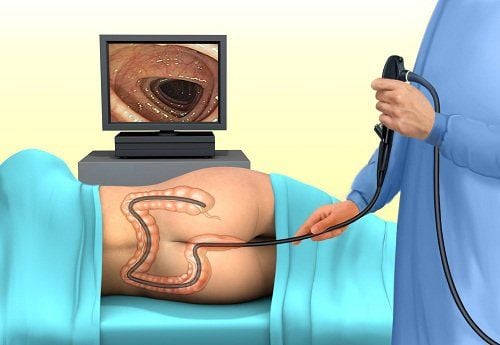
6. How to follow up after colonoscopy?
After the endoscopy, you should stay in the hospital for 2 hours to wait for the effects of the sedative or anesthetic to disappear. You should also not drive after that, but should ask a family member to take you home. You should be able to go about your usual activities, you can eat as you normally would.
Colonoscopy is a safe procedure, and complications are rare but possible:
Bleeding is possible. occurs from a biopsy or polyp removal, but it is usually very small and can be controlled. Colonoscopy can cause tearing or perforation in the colon, which sometimes requires surgery to repair, but it is not common. There may be side effects from sedatives such as nausea or vomiting. Contact your doctor immediately if the following complications occur:
Abdominal pain much worse than gas pain or cramping Abdominal tightness and stiffness Vomiting Fever Heavy bleeding from the anus.
Please dial HOTLINE for more information or register for an appointment HERE. Download MyVinmec app to make appointments faster and to manage your bookings easily.





